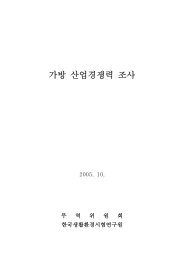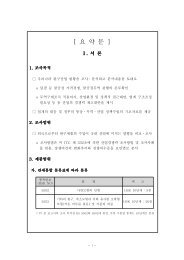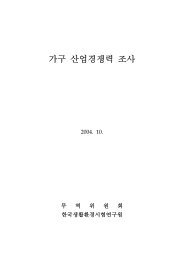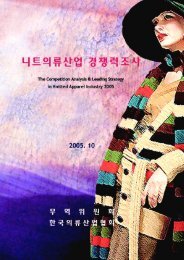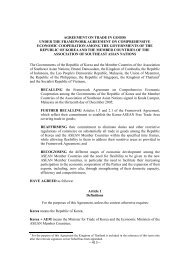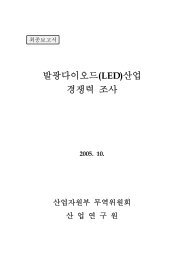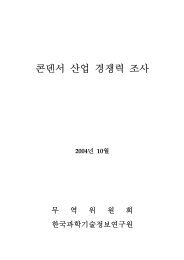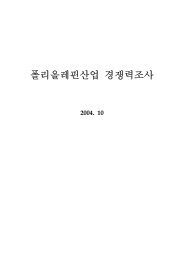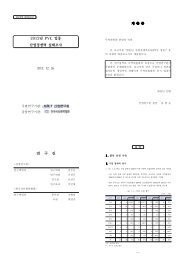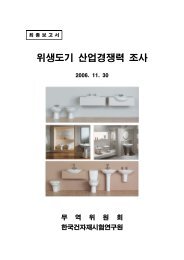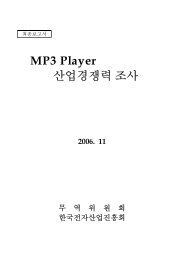Article 1 Definition of a Subsidy
Article 1 Definition of a Subsidy
Article 1 Definition of a Subsidy
Create successful ePaper yourself
Turn your PDF publications into a flip-book with our unique Google optimized e-Paper software.
3. Investigating authorities should treat inputs as physically incorporated if such<br />
inputs are used in the production process and are physically present in the product<br />
exported. The Members note that an input need not be present in the final product<br />
in the same form in which it entered the production process.<br />
4. In determining the amount <strong>of</strong> a particular input that is consumed in the<br />
production <strong>of</strong> the exported product, a "normal allowance for waste" should be taken<br />
into account, and such waste should be treated as consumed in the production <strong>of</strong> the<br />
exported product. The term "waste" refers to that portion <strong>of</strong> a given input which<br />
does not serve an independent function in the production process, is not consumed in<br />
the production <strong>of</strong> the exported product (for reasons such as inefficiencies) and is not<br />
recovered, used or sold by the same manufacturer.<br />
5. The investigating authority's determination <strong>of</strong> whether the claimed allowance<br />
for waste is "normal" should take into account the production process, the average<br />
experience <strong>of</strong> the industry in the country <strong>of</strong> export, and other technical factors, as<br />
appropriate. The investigating authority should bear in mind that an important<br />
question is whether the authorities in the exporting Member have reasonably<br />
calculated the amount <strong>of</strong> waste, when such an amount is intended to be included in<br />
the tax or duty rebate or remission.<br />
ANNEX III<br />
GUIDELINES IN THE DETERMINATION OF SUBSTITUTION<br />
DRAWBACK SYSTEMS AS EXPORT SUBSIDIES<br />
I<br />
Drawback systems can allow for the refund or drawback <strong>of</strong> import charges on<br />
inputs which are consumed in the production process <strong>of</strong> another product and where<br />
the export <strong>of</strong> this latter product contains domestic inputs having the same quality<br />
and characteristics as those substituted for the imported inputs. Pursuant to<br />
paragraph (i) <strong>of</strong> the Illustrative List <strong>of</strong> Export Subsidies in Annex I, substitution<br />
drawback systems can constitute an export subsidy to the extent that they result in<br />
an excess drawback <strong>of</strong> the import charges levied initially on the imported inputs for<br />
which drawback is being claimed.<br />
II<br />
In examining any substitution drawback system as part <strong>of</strong> a countervailing<br />
duty investigation pursuant to this Agreement, investigating authorities should<br />
proceed on the following basis:<br />
1. Paragraph (i) <strong>of</strong> the Illustrative List stipulates that home market inputs may be<br />
substituted for imported inputs in the production <strong>of</strong> a product for export provided<br />
such inputs are equal in quantity to, and have the same quality and characteristics as,



